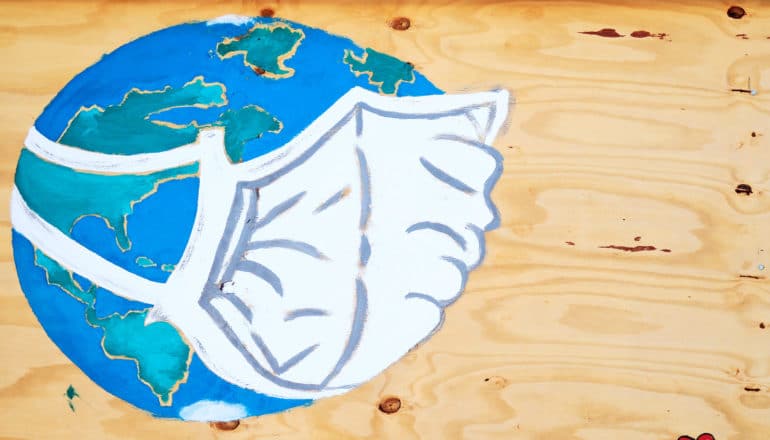
A new “planetary protection” report reviews the risks of alien contamination.
In Michael Crichton’s 1969 novel The Andromeda Strain, a deadly alien microbe hitches a ride to Earth aboard a downed military satellite and scientists must race to contain it.
While fictional, the plot explores a very real and longstanding concern shared by NASA and world governments: that spacefaring humans, or our robotic emissaries, may unwittingly contaminate Earth with extraterrestrial life or else biologically pollute other planets we visit.
It’s an old fear that’s taken on a new relevance in the era of COVID-19, says Scott Hubbard, an adjunct professor of aeronautics and astronautics at Stanford University.
“I have heard from some colleagues in the human spaceflight area that they can see how, in the current environment, the general public could become more concerned about bringing back some alien microbe, virus, or contamination,” says Hubbard, who is also the former director of NASA Ames and the first Mars program director.
Hubbard is a coauthor of a new report that the National Academies of Sciences, Engineering, and Medicine published that reviews recent findings and recommendations related to “planetary protection” or “planetary quarantine”—the safeguarding of Earth and other worlds from biological cross-contamination.
Here, Hubbard discusses the long history of planetary protection, the dilemma posed by Elon Musk launching a Tesla Roadster into space, and the precautions in place to guard against contamination by NASA’s upcoming Mars Sample Return mission, which is scheduled to kick off this summer with the launch of the space agency’s Perseverance Rover:
The post Could alien microbes make their way to Earth? appeared first on Futurity.
from Futurity https://ift.tt/3fCCxB5
No comments:
Post a Comment